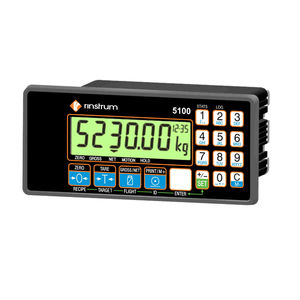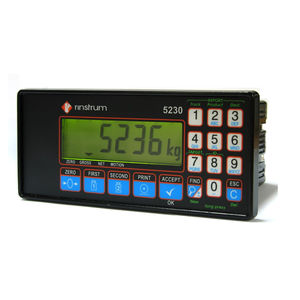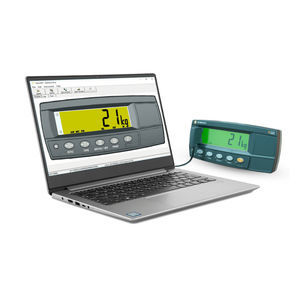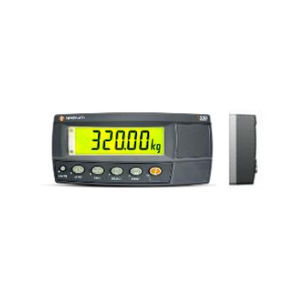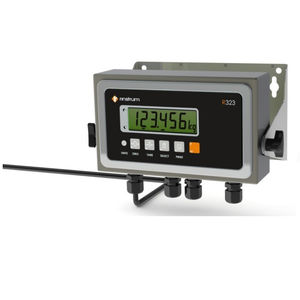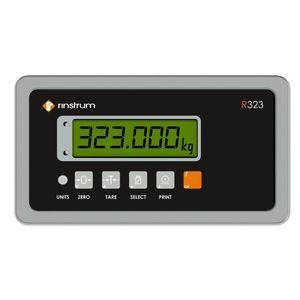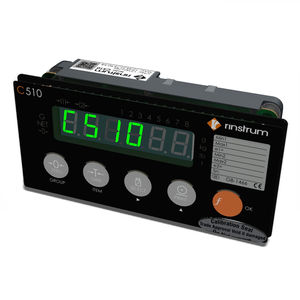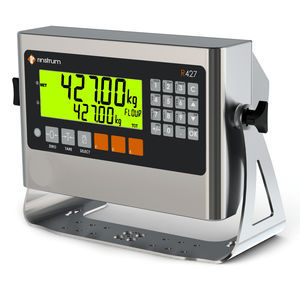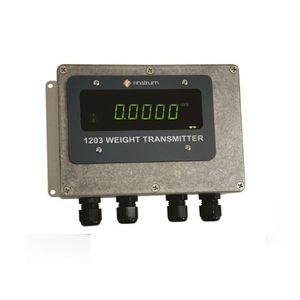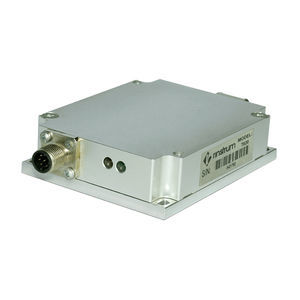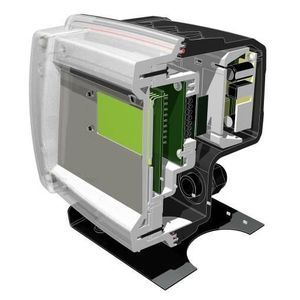
Analog I/O module C500 RS485RS2328 digital inputs

Add to favorites
Compare this product
Characteristics
- Signal type
- analog
- Bus
- RS485, RS232
- Number of inputs/outputs
- 8 digital inputs
- Applications
- PLC
- Other characteristics
- stainless steel
Description
Key Highlights & Features
•8 I/O Module
•AC Power supply
•Analogue Output Module
•Physical Hardware Seal
•RS232/RS232 Module
•RS485/RS485 Module
•Stainless Steel Dust Cover
The C500 Series flexibility is provided through its broad range of modules and accessories that are easy to configure and neatly connect into the rear of the indicator. There are 2 module slots where an indicator can be equipped with only the features required for a given installation
Communication Modules
The C500 communications modules are all fully isolated and recommended for application where there is a risk of lightening or surges or where additional communication ports are required.
• M5201 RS232/RS232
• M5203 RS485/RS485)
Input/ Output Module (M5301)
An C500 indicator can be equipped with up to 8 I/O. These I/O are electrically isolated, designed for direct connection into PLC†™s and are capable of driving low voltage actuators directly. This module has 8 digital I/O ports which are limited to maximum input voltage of 30V and can drive up to 400mA
Analogue Output Module (M5401)
The Analogue Module provides one isolated (>500V) 4-20mA or 0-10V analogue output. Update rates of up to 400Hz are possible with 1/65,000 resolution. Two digital I/O the same as the M5301 are also provided. It can be scaled to suit the input on the PLC. The fast update and high D to A conversion rate give a smooth output curve which helps a PLC to see more realistic readings (2.5msec step)
VIDEO
Catalogs
C500 Series
7 Pages
Related Searches
- Display module
- LCD display module
- Industrial display module
- I O module
- Analog master module
- LED display module
- Digital panel meter
- Backlit display module
- Analog I O module
- LED-backlit display module
- Programmable display module
- Serial I/O
- Outdoor display module
- Built-in display module
- RS-232 display module
- Process panel meter
- Large-format display panel
- Serial I O module
- IP65 display panel
- Compact display module
*Prices are pre-tax. They exclude delivery charges and customs duties and do not include additional charges for installation or activation options. Prices are indicative only and may vary by country, with changes to the cost of raw materials and exchange rates.




